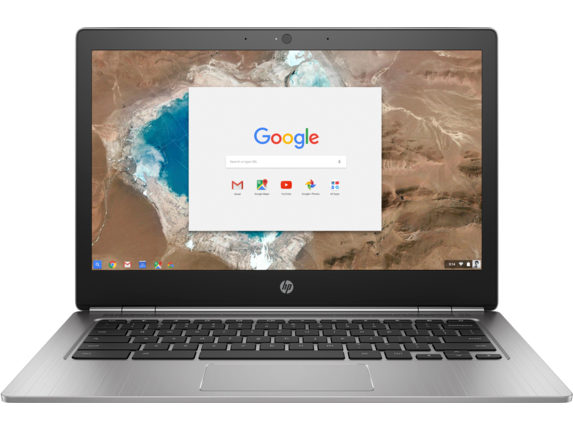Google Chromebooks with USB Power Delivery can typically provide and consume power over USB Type-C. What happens if you connect the Google Chromebook Pixel (2015) to the Chromebook Pixel (2015) directly through a USB Type-C to Type-C cable?
Using software from Granite River Labs we can observe various USB Power Delivery protocol traffic between the Chromebooks but no current is pulled between the two Chromebooks since both are by default using their own batteries as the power source.
Once we change the power source of the HP Chromebook 13 G1 from battery to the Chromebook Pixel (2015), we can see that the Chromebook Pixel (2015) offers 5 volts @ .9 amps to the HP Chromebook 13 G1 which is then accepted.
If we then change the power source of the Chromebook Pixel (2015) from battery to the HP Chromebook 13 G1, we can see that the HP Chromebook 13 G1 offers 5 volts @ 1.5 amps to the Chromebook Pixel (2015) which is then accepted.
Obviously the Chromebook's USB Type-C ports don't offer enough power to be practical solution to charge each other and are better used for charging smaller peripherals and phones. Still, you can make use of USB Power Delivery technology if you find yourself in an emergency situation where you need to steal power from one USB Type-C based Chromebook to (slowly) charge another.
 GTrusted
GTrusted


























